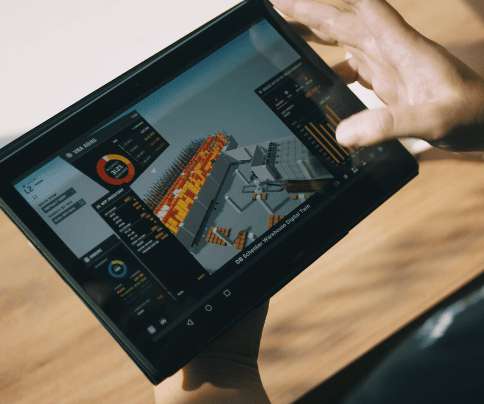DB Schenker – Singapore: A Vital Node in Singapore’s Logistics Ecosystem
The Logistics & Supply Chain Management Society
NOVEMBER 15, 2021
Overland transport solutions from Singapore all the way to China & even Europe were also executed to executed to keep supply chains moving. One of the key achievements in 2020 was the automation systems commissioning and go-live of the integrated Red Lion facility in May – at the height of the pandemic. Schenker Singapore (est.

























Let's personalize your content